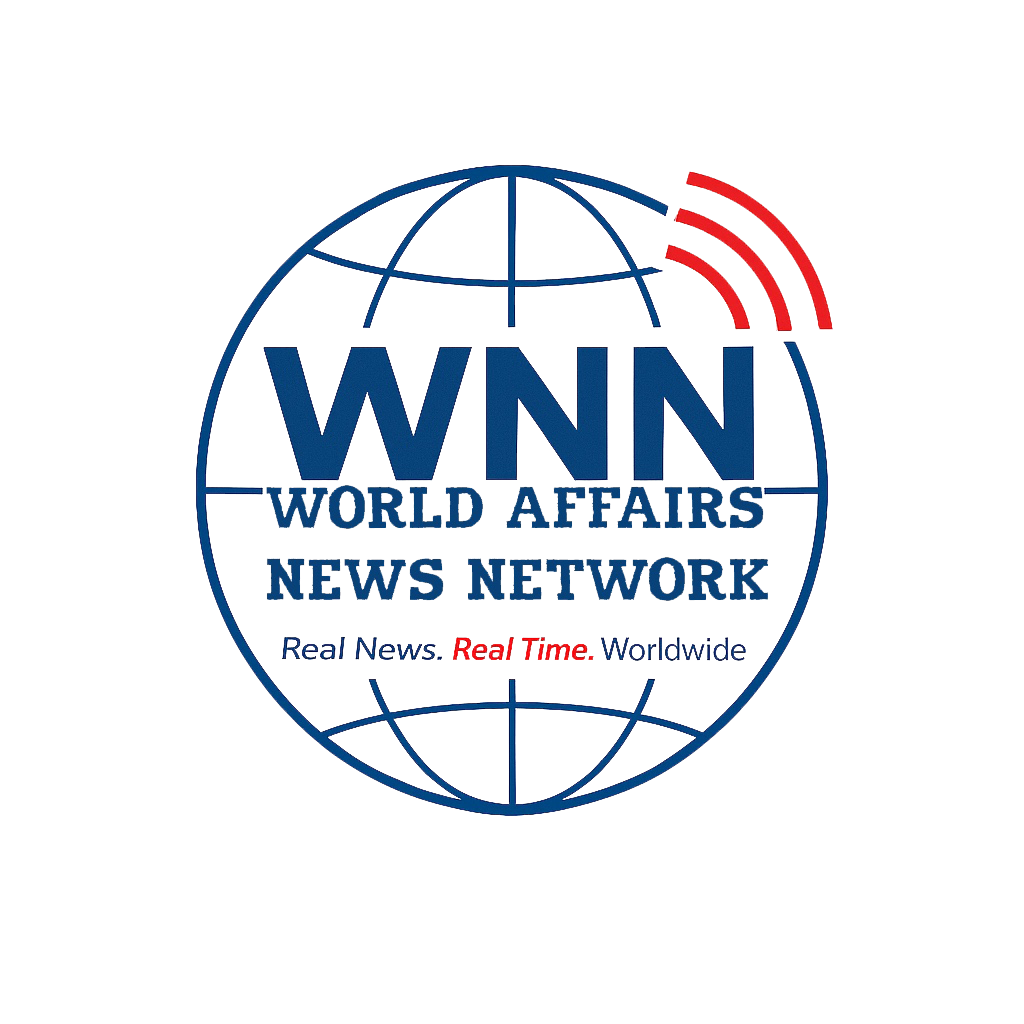WASHINGTON/ NEW DELHI: President Donald Trump’s latest tariff barrage targeting India with a 25% import tax, striking a “crisis-averting” 15% deal with South Korea, and raising threats against China, marks a dramatic and perilous escalation in America’s high-stakes trade wars. Far from being mere transactional disputes over dollars and deficits, this aggressive playbook strikes at the foundations of the global order. The indiscriminate use of tariffs as diplomatic weaponry is fostering uncertainty in supply chains, imperiling long-standing alliances, and dragging the world toward a new era of fragmented economic blocs.
The India Dilemma: Strategic Partner or Economic Foe?
Trump’s sudden 25% tariff on Indian goods combined with an unspecified penalty for India’s Russian energy and arms trade and participation in BRICS—threatens to unravel years of painstaking U.S.-India rapprochement. Once seen as the linchpin of America’s Indo-Pacific strategy and a democratic counterweight to China, India is now recast as a “trade adversary.”
Indian exporters especially in textiles, pharmaceuticals, and gems, accounting for $87 billion in U.S. exports—face a devastating loss of competitiveness. At risk are not only Indian incomes and jobs, but also the stability of American investors from Apple to Walmart, who wagered big on India’s future. American farmers, eager to tap India’s vast market, may find themselves collateral damage if New Delhi retaliates with its own tariffs.
The broader strategic fallout looms even larger. India, traditionally adept at balancing its ties between Washington and Moscow, may now turn further toward Russia—not just for oil and arms, but also for diplomatic cover within an expanding BRICS (now including Iran, Saudi Arabia, and the UAE). This threatens to weaken U.S. leverage within the Quad (U.S., India, Japan, Australia) just as Chinese ambitions in the Indo-Pacific intensify. Trump’s simultaneous overture to Pakistan—striking an oil development pact with India’s historic rival—further erodes trust in the reliability of the American partnership.
South Korea’s Narrow Escape and New Questions
If India got the stick, South Korea received a carrot—sort of. In return for South Korea’s agreement to funnel $350 billion into U.S. investments (mainly semiconductors, energy, and batteries) and to boost energy imports from the U.S. by $100 billion, the Trump team slashed threatened tariffs from 25% to 15%. American vehicles and farm goods will get tariff-free access to South Korea, at least in theory.
Both leaders painted it as a breakthrough. Still, critical questions remain. Is the investment pledge new money or just old commitments with a new label? Can Korean exporters like Hyundai compete if Chinese rivals face even higher tariffs? And does the deal signal a new era where mid-sized economies must choose between their own economic sovereignty and access to U.S. markets?
The deal was struck during a time of political transition in Seoul, after President Yoon’s impeachment and Lee Jae Myung’s election. While Lee lauded the compromise as a win for certainty, experts note that much of the agreement’s details including how funds will be used and monitored, remain opaque.
China Pushes Back—and the Geopolitical Divide Widens
China’s response to Trump’s threats was swift and unequivocal: “There are no winners in a tariff war,” asserted the Foreign Ministry. Beijing insists it will prioritize national interests in energy security, and hints at retaliation if Trump’s threatened 100% “secondary” tariffs on those buying Russian oil materialize.
These confrontations underscore a tectonic shift:
- The U.S. is doubling down on unilateralism and transactional leverage.
- China positions itself as an anchor of stability for the Global South and non-aligned nations.
- Middle powers: India, Korea, others find themselves forced into increasingly difficult choices about alignment.
The Unravelling of the Rules-Based Order
Trump’s tariff actions reach beyond muscular negotiation; they may spell the rapid demise of the rules-based trading system itself. By bypassing the WTO and pursuing hardball bilateral deals, the U.S. is accelerating global fragmentation. Anticipated outcomes include:
- Stronger anti-dollar blocs (BRICS+, Russia-China axis)
- Softening of U.S. alliance networks and diminished “soft power”
- Heightened global supply chain disruptions—and price inflation
- The rise of regional mega-blocs, each centered on rival superpowers
Looking Forward: America’s Gamble, the World’s Reckoning
The true paradox of Trump’s tariff gamble is this: a strategy designed to reassert American primacy could hasten its relative decline. India edges closer to the BRICS economic sphere. South Korean confidence in Washington’s steadiness is eroded. China, now arguably the world’s most influential alternative power, moves to consolidate its own trading network.
The coming months will be decisive. Will Trump’s pressure tactics force rivals closer to the American orbit or, more likely, accelerate the emergence of a multipolar, de-Americanized world order? Early signals point squarely to the latter. If so, the world may see not just economic realignment, but a global shift whose ramifications will echo through the international system for decades.
– Dr. Shahid Siddiqui; follow via X @shahidsiddiqui
WATCH, LIKE & SUBSCRIBE FOR EXCLUSIVE VIDEOS





















